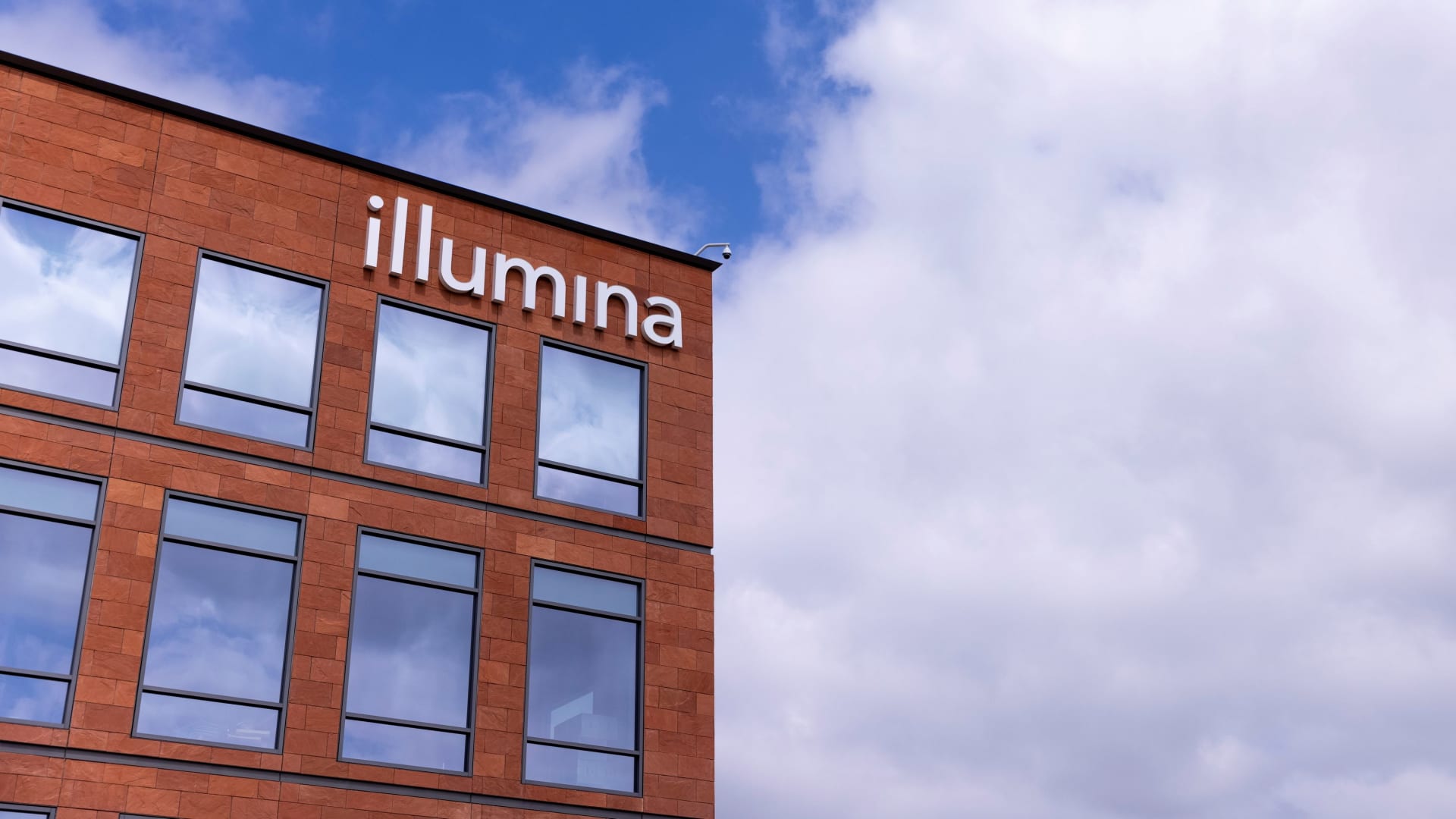[ad_1]
Beep. Beep. Beep.
If all goes well, this can be the quickest way to leave a store: pile up your groceries, pick up a credit card, pack them up, and move on. The whole thing should be over in a few minutes.
But that is not always the reality. The machine does not recognize your spaghetti. You clicked on the photo of a zucchini on the screen, but what you have in your basket is a cucumber. And if you buy alcohol or medicine, for example, you still have to wait for a store employee to come by.
Unknown items in the packing area.
“There’s always a problem,” Sandra Abittan said as she walked out of a local Tesco supermarket in northwest London on Friday, noting that she often has to wait for help using a self-checkout.
But she said she still usually chooses them because she finds their lines are shorter.
No warm welcome from machines.
Self-checkouts have been on the rise worldwide over the past twenty years. Many chains expanded their use during the height of the pandemic, when minimizing human contact was especially important. But Booths isn’t alone in rethinking the automated revolution: In September, Wal-Mart told Insider it would remove the lanes from a handful of stores, but didn’t say why.
In 2016, a survey of retailers in the United States, Britain and other European countries found that retailers with self-checkout lines and apps had a loss rate of about 4 percent, more than double the industry average, with researchers saying that self-checkout lines were enticing shoppers public to act in ways they normally would not and made theft less detectable.
Booths, which has about 3,000 employees, said in a statement that its employees’ interactions with customers provide a better experience. “We based this not only on what we think is the right thing to do, but also on feedback from our customers,” the company said. “Surprising customers with our warm northern welcome is in our DNA.”
Can humans and machines coexist peacefully?
At Tesco in northwest London, most people seemed to opt for the self-checkout option at lunchtime on Friday, largely because the queue was indeed shorter than those for human-operated checkouts. (One customer said he chose the human line because he bought his items with cash.)
But doing away with self-checkouts altogether, as Booths has announced, would be a “bad idea”, Ms Abittan said.
She had used the self-checkout to avoid waiting in line, and everything had gone smoothly.
“I had no problems,” she said. “For once.”







